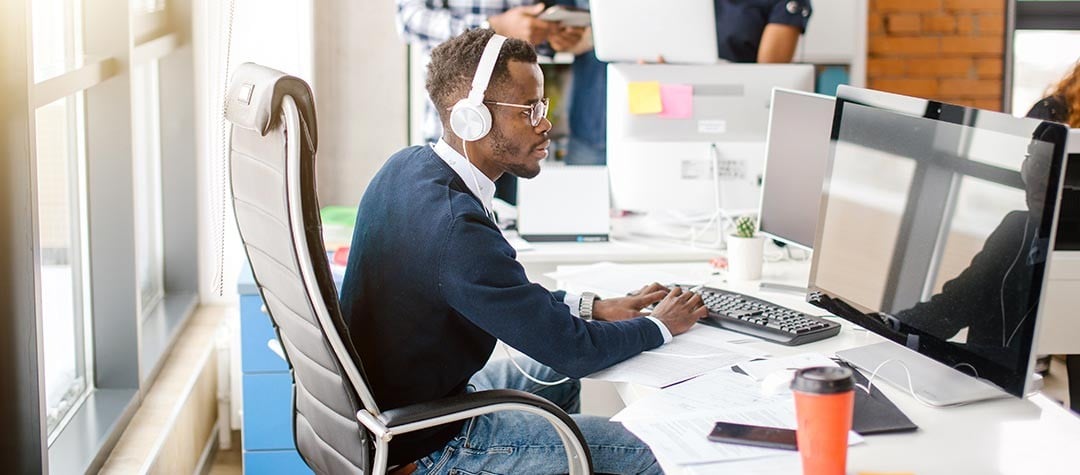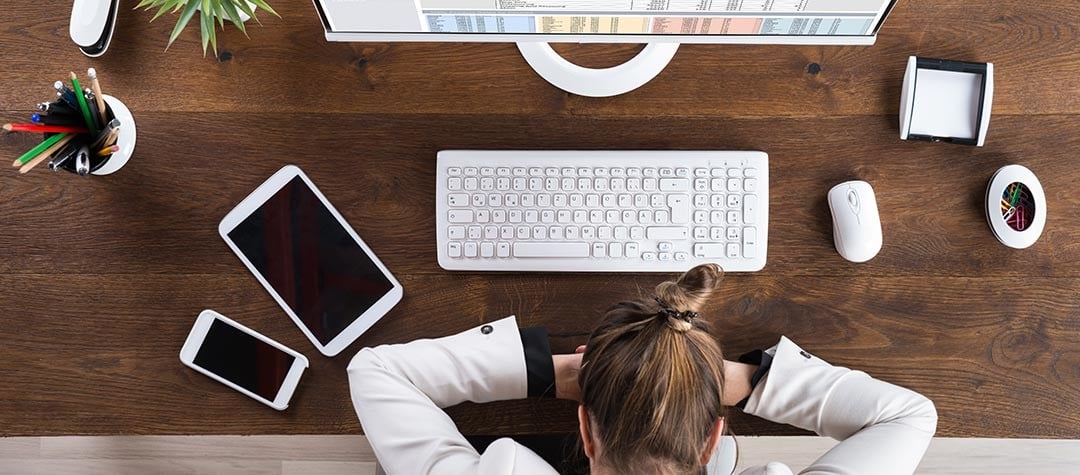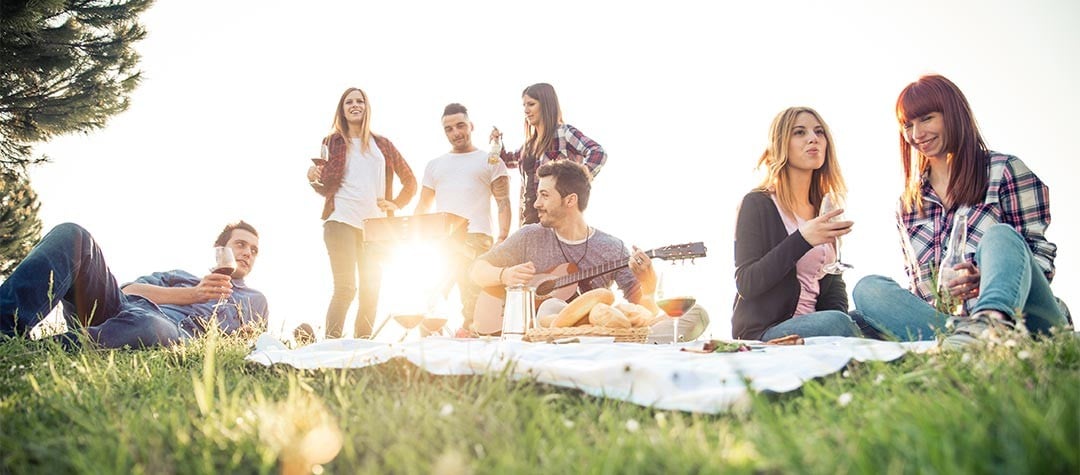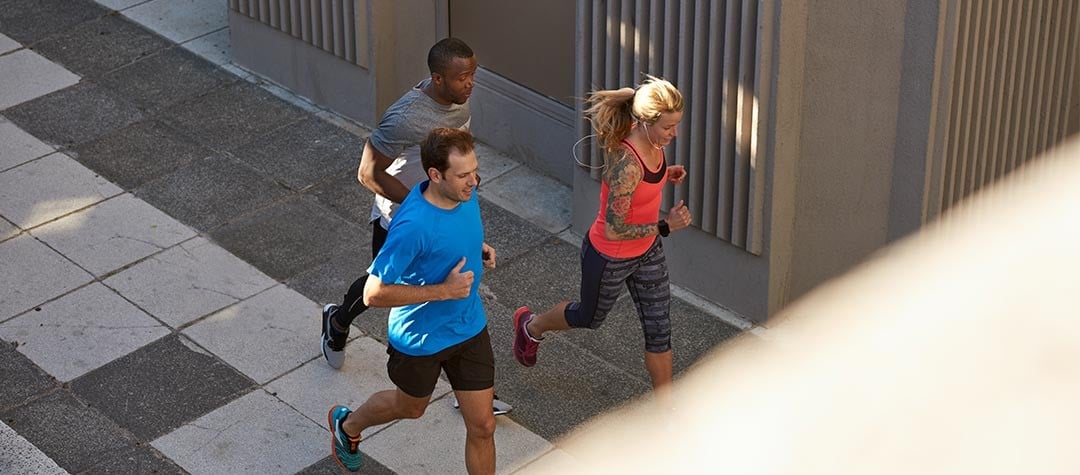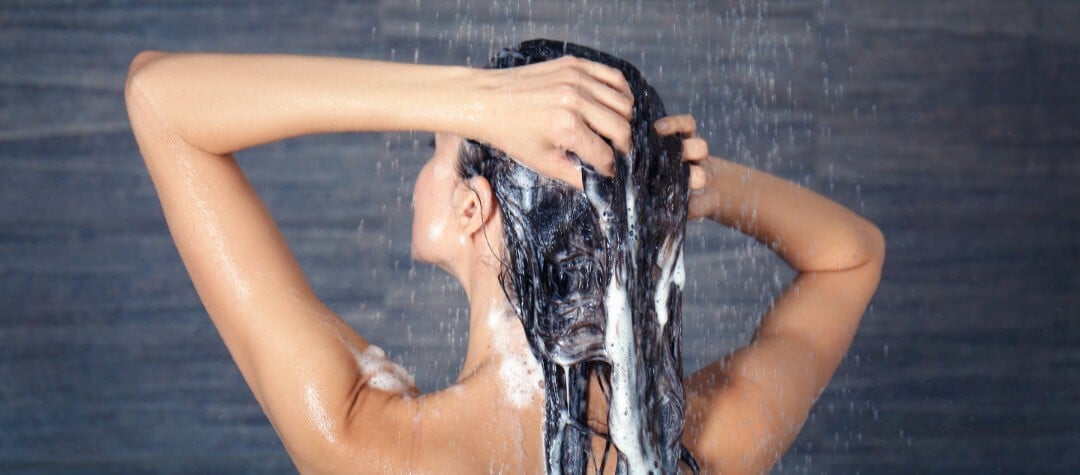Meditation can help us to gain clarity of mind and cultivate emotional positivity, enabling us to handle life’s ups and downs and unexpected events in more creative and effective ways.
What is meditation?
‘Put simply’, writes meditation teacher Paramananda, ‘the art of meditation is the art of being with yourself’. Meditation is an invitation to take time out from our busy lives and ‘get real’ with ourselves on a deeper level, to find out what’s really going on in us.
In the western world, meditation is gaining popularity in current times, as it offers an antidote to the incredible amount of stimulation and speeding activity of modern life which can cause us to suffer stress, anxiety, and a sense of losing touch with what we really value in our lives. Looking beyond particular contemporary needs for stress-busting, in the East, meditation has been a traditional spiritual practice for thousands of years, part of a tried and tested path to peace of mind.
Positive after effects or benefits of meditation
- reduced stress
- more flowing energy
- greater awareness in our relationships with others
- clearer concentration
- better sleep
- more finely-tuned physical awareness
- and it is said, we may look younger and more beautiful!
Where can I start meditation?
Try a local evening or even lunchtime class if you can find one, or a weekend beginners’ retreat can be a great introduction if you’re up for it. Some retreats combine yoga and walks in beautiful countryside into the weekend’s activities, and usually there’s great healthy food provided.
Try meditation out for yourself
It might be useful to make a note at the beginning of what you feel you want from learning meditation, and checking as you go along if the practices you come across seem to be actually helping you with your aim. It will probably be an exploration rather than an instant certainty of what hits the spot, but it is crucial in meditation to trust your own experience, be honest with yourself about what is happening for you. Your experiences will change, but you can get a sense of a cumulative progress. As you do with a fitness training programme, you get a sense of progress, but you also have off days and doubts along the way!
Learning to meditate is not like going shopping for a ‘thing’ or a predictable experience (like a book or a beer), it is more like being introduced to some new techniques or inner tools, and learning how to use them in a more and more skilled way.
How to meditate
First of all you will likely sit down in a comfortable posture, maybe on firm cushions on the floor or in a chair. Or, if you have an injury or back problem which requires it, you may need to lie down on the floor. It is helpful to have your spine in a relaxed but upright position, and your hands supported by a blanket or something to help take the weight from dragging on your shoulders. Lying down, though relaxing, can be too conducive to sleepiness. Physical posture is your foundation for practice so it’s important to feel as comfortable and grounded as possible.
Meditation is not about having a blank, empty mind, or about having lots of trippy visionary experiences! It is also not something you do just intellectually ‘in your head’. Meditation invites you to be much more broadly aware of ourselves than that. The main thing to begin with is to gently investigate your own experience, being aware of the sensations in our physical body, our changing emotions and the thoughts that pass through our mind.
To help us do this you may be taught a simple technique, a practice with a few easy to remember stages, which helps us to anchor our concentration. To start with perhaps sit for 20 minutes or so. A traditional object of concentration is to be aware of your own breath coming and going, (a practice called the ‘Mindfulness of Breathing’ or similar names).
This can seem strange, even a bit boring as an idea, but in fact, your breath is an incredibly subtle and fruitful thing to be aware of. Our breath is intimately connected to our emotional state, it is the most essential thing keeping us alive in our physical body, and it flows between our inner being and the outside world. And it’s free, your breath is always there, you don’t need any special equipment or location or company to become aware of your breathing, and it is always a useful thing to be aware of.
You may also learn techniques for working with our emotional experience, for example the ‘Loving Kindness’ or ‘Metta Bhavana’ meditation, so that you can feel more connected to other people and enjoy becoming more confident , friendly and connected with others.
Meditation on the move
Many people find activities like running and swimming give them a space for reflection and bring greater feelings of physical and emotional wellbeing. Meditation complements physical action with an experience of alive, focused stillness, which can open up a deepening dimension of self-awareness in the experience of physical exercise. This can be very nourishing and enjoyable.
It may sound strange but meditation is actually a very physical activity, as becoming aware and letting go of tensions in our body can have a powerful effect on our emotional experience, and vice versa. Our body, emotions and thoughts are intimately connected, and meditation can bring a sharper focus to our awareness of this. Ultimately meditation is about an attitude or way of being, comprising being awake to the present moment in an honest and open-hearted way.
There are lots of meditation types around these days. Finding what you are looking for can be quite an adventure in itself. It is really helpful to learn from a teacher who has been practicing meditation for some years and has actual personal experience of the ups and downs, highlights and difficulties encountered in it.











